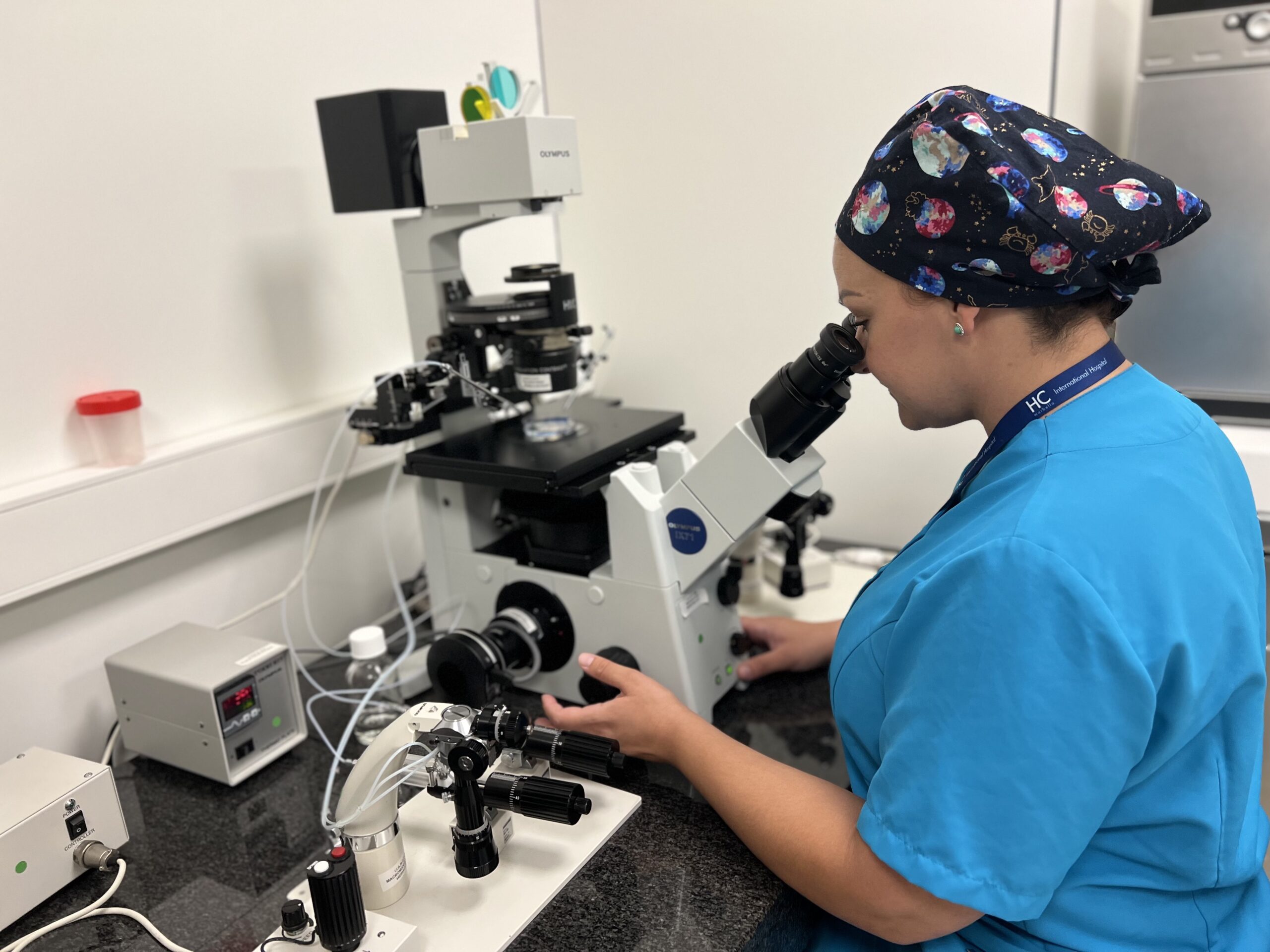21 February, 2025
Preimplantation genetic testing

In the field of assisted reproduction, Preimplantation Genetic Testing (PGT), formerly known as ‘preimplantation genetic diagnosis (PGD)’, has emerged as a crucial resource for increasing success rates and reducing the risk of transmitting hereditary genetic diseases.
With the advent of Next-Generation Sequencing (NGS), this technique has advanced significantly, offering greater precision and more options for prospective parents. In this article, we will explore current PGT techniques, the differences between Day 3 and Day 5 biopsies, and the advantages that these innovations bring to reproductive medicine.
What is Preimplantation Genetic Testing (PGT)?

Preimplantation genetic testing, also known as PGT, is used to detect possible genetic and/or chromosomal disorders in embryos obtained during an in vitro fertilisation (IVF) cycle. This procedure allows for the selection of healthy embryos with higher quality and greater chances of implantation, increasing the success of assisted reproduction treatments (PGT article).
PGT procedure at HC Fertility

Biopsy on D3 vs. D5

On the third day of development, the embryos have around 8 cells. A cell is extracted using short laser pulses or chemical agents to make a hole in the zona pellucida. This technique, although effective, is more complex due to the smaller number of cells available, which can affect the viability of the embryo.
By the fifth day the embryo has reached the blastocyst stage, which consists of an inner cell mass and an outer layer called the trophectoderm. Biopsy at this stage is safer and allows several cells to be extracted without compromising the development of the embryo. However, embryos often need to be vitrified after biopsy while waiting for the results of the genetic analysis.
Reasons for preferring biopsy on D5

According to recent scientific studies, biopsy on day 5 is preferred because it has been demonstrated that the extraction of several cells at this stage, instead of a single cell on day 3, can lead to greater sensitivity in genetic diagnosis and less depletion of embryo biomass. This translates into better treatment results, as embryos on day 5 have a greater capacity for recovery and a lower cell removal ratio compared to day 3.
When is PGT recommended?

PGT is recommended for couples at high risk of transmitting genetic diseases, women of advanced maternal age, a history of repeated miscarriages, implantation failure in IVF and a family history of genetic diseases. It is also advisable in cases of chromosomal abnormalities in one or both parents.





Ester Arissa
EMBRYOLOGIST
Types of PGT
Preimplantation genetic testing for aneuploidy (PGT-A)

PGT-A focuses on detecting aneuploidy, in other words, alterations in the number or structure of the embryo’s chromosomes, which can lead to repeated miscarriages or the birth of children with genetic diseases. By using NGS, it is possible to analyse the embryo’s 23 pairs of chromosomes with high resolution, detecting variations in the number of chromosome copies and small insertions or deletions.
Preimplantation genetic testing for Monogenic Diseases (PGT-M)

PGT-M facilitates the identification of specific mutations that cause monogenic diseases, such as cystic fibrosis or fragile X syndrome. With NGS, more than 500 genes associated with hereditary diseases can be analysed, delivering precise and comprehensive detection with a single test. To be able to perform PGT-M, the genetic study of the parents is essential. We must address the specific case by identifying the fault in the gene (mutation) that causes the disease. Next, the informativity study is conducted, which consists of developing the strategy that allows us to identify the alteration in the embryos. It is often required that healthy and affected family members participate in the study.

Preimplantation genetic testing for Structural Rearrangements (PGT-SR)

PGT-SR is used to detect structural rearrangements of chromosomes. These structural chromosomal abnormalities can present in various forms: deletions, duplications, insertions, inversions and ring formations. The disease occurs when the affected gene cannot express itself correctly due to the alteration in the structure of the chromosome. This type of rearrangement may cause implantation failure, recurrent miscarriages or physical and mental problems in the offspring. NGS allows for the high-precision identification of these alterations, facilitating the selection of embryos without these anomalies. In the first consultation, the gynaecologist will assess your case. In this type of PGT, a prior study of the structural alteration may be required.
Preimplantation Genetic Testing for Aneuploidy Origin (PGT-AO)

PGT-AO focuses on determining the origin of aneuploidies in embryos, differentiating whether the chromosomal alterations come from the egg or the sperm. Determining the maternal or paternal origin of the aneuploidies will provide guidance for future decisions in the treatment of the couple.
Conclusion

The use of NGS in PGT has revolutionised the way preimplantation genetic screening is conducted, offering greater precision and more options for prospective parents. This technology not only increases the success rates of IVF treatments, but also reduces the risk of passing on genetic diseases to the next generation, thus providing renewed hope to many couples looking to start a family.

Back to blog
In other news

12 February, 2020
What is the origin of celebrating Saint Valentine’s day?
Saint Valentine, the feast of love, the date on which chocolates and flowers walk through the stre...
[Continue reading ]20 May, 2015
Endometriosis, a disease that can affect fertility
Endometriosis is a disease that affects 1 in 10 women of childbearing age. Painful periods and infer...
[Continue reading ]


